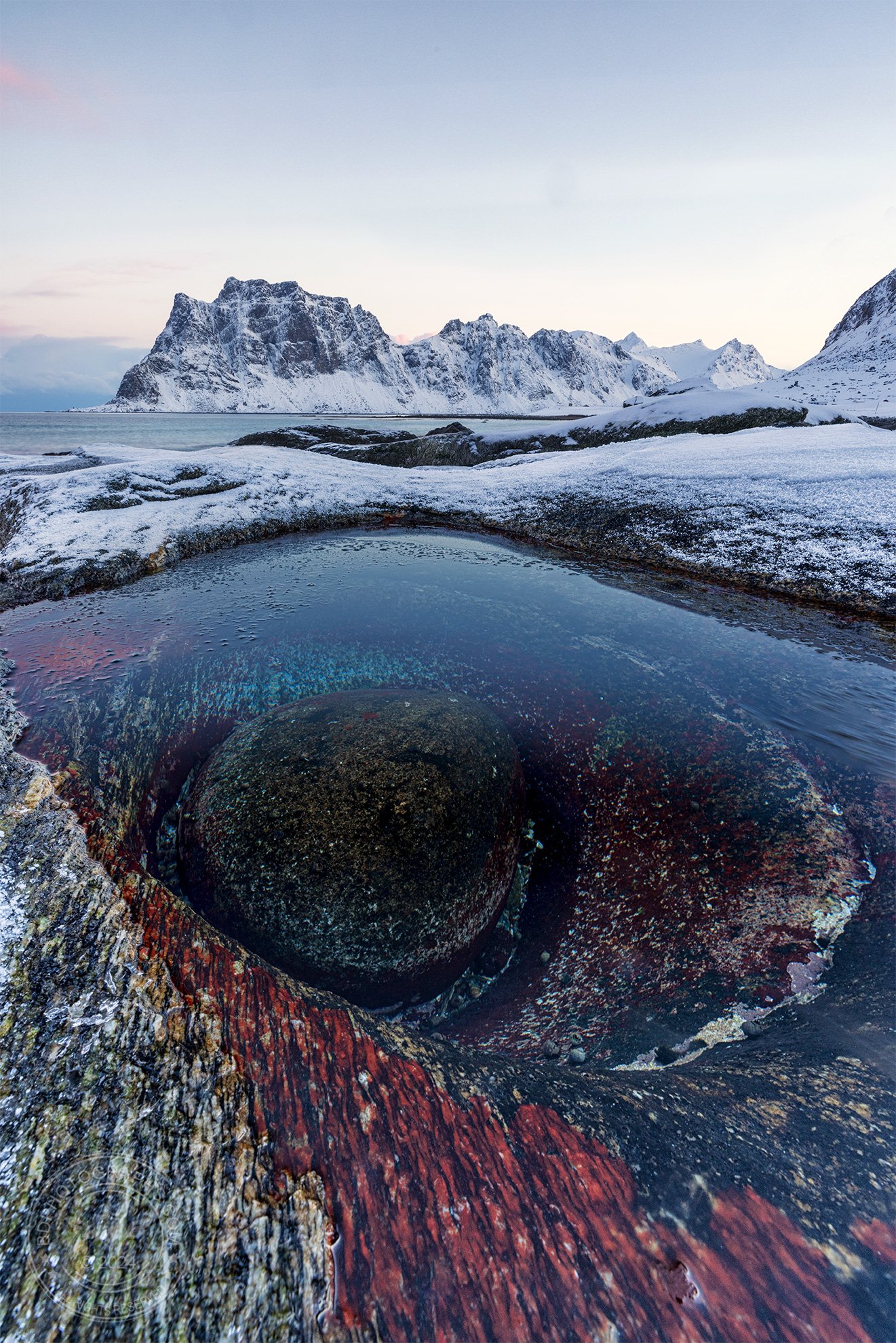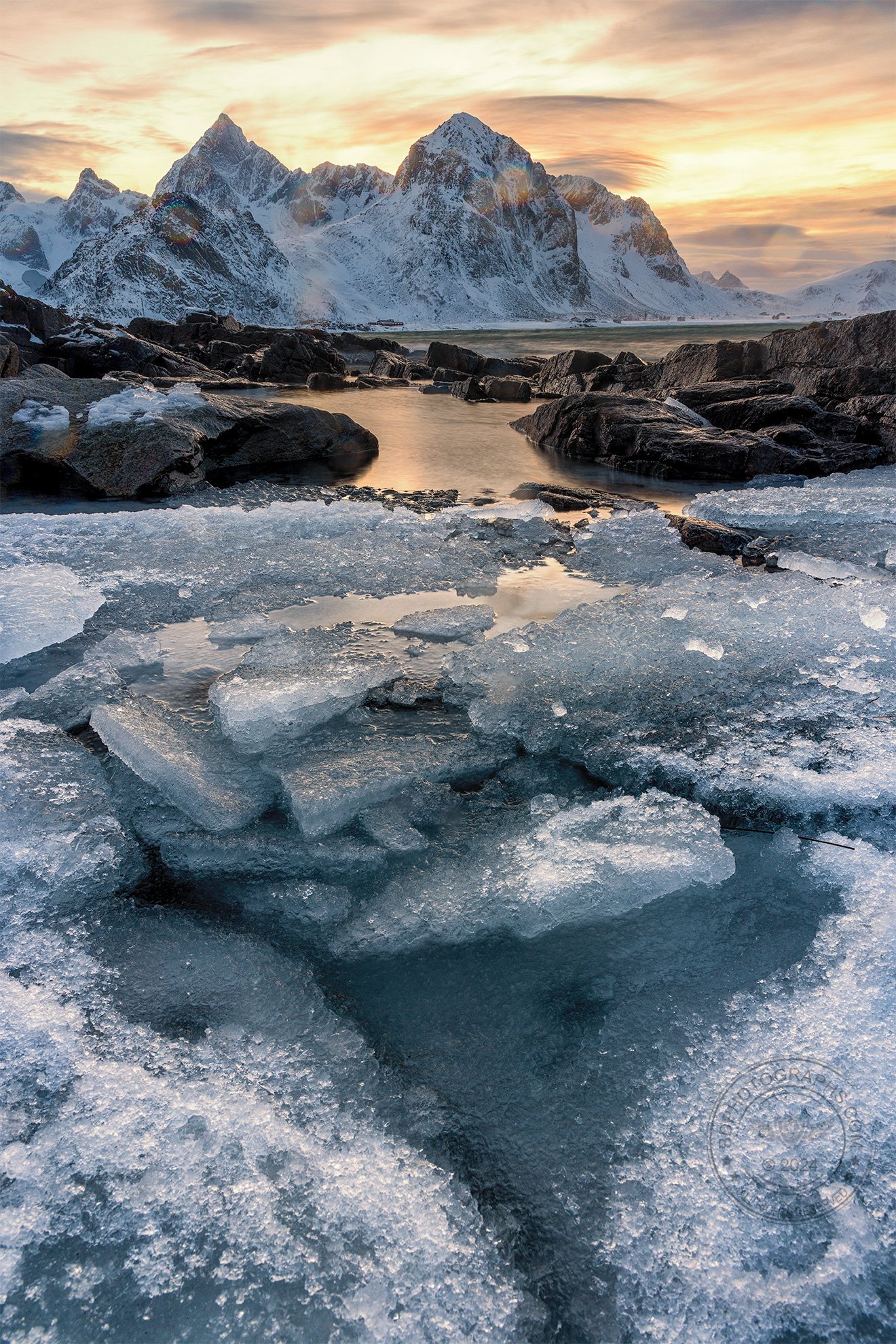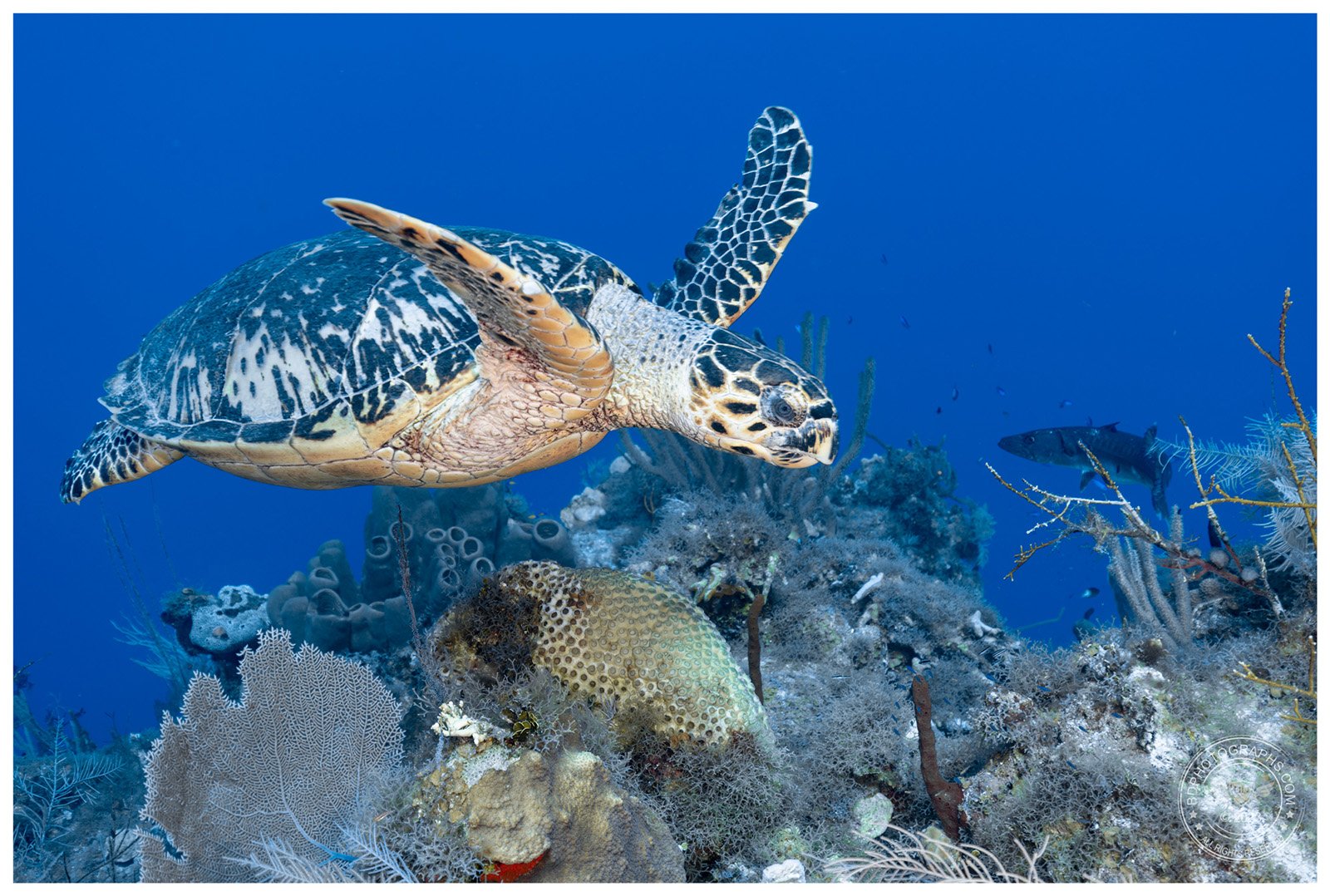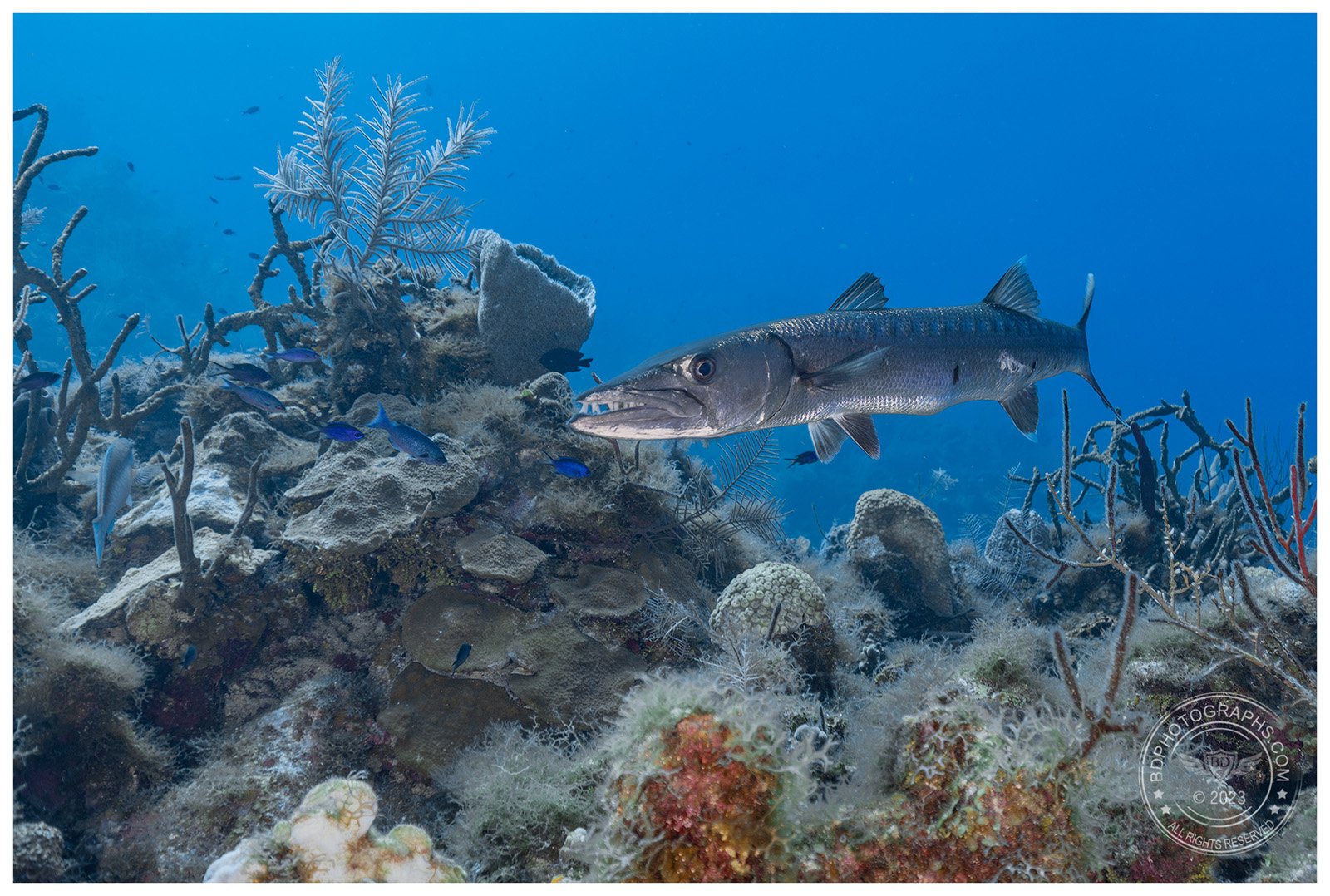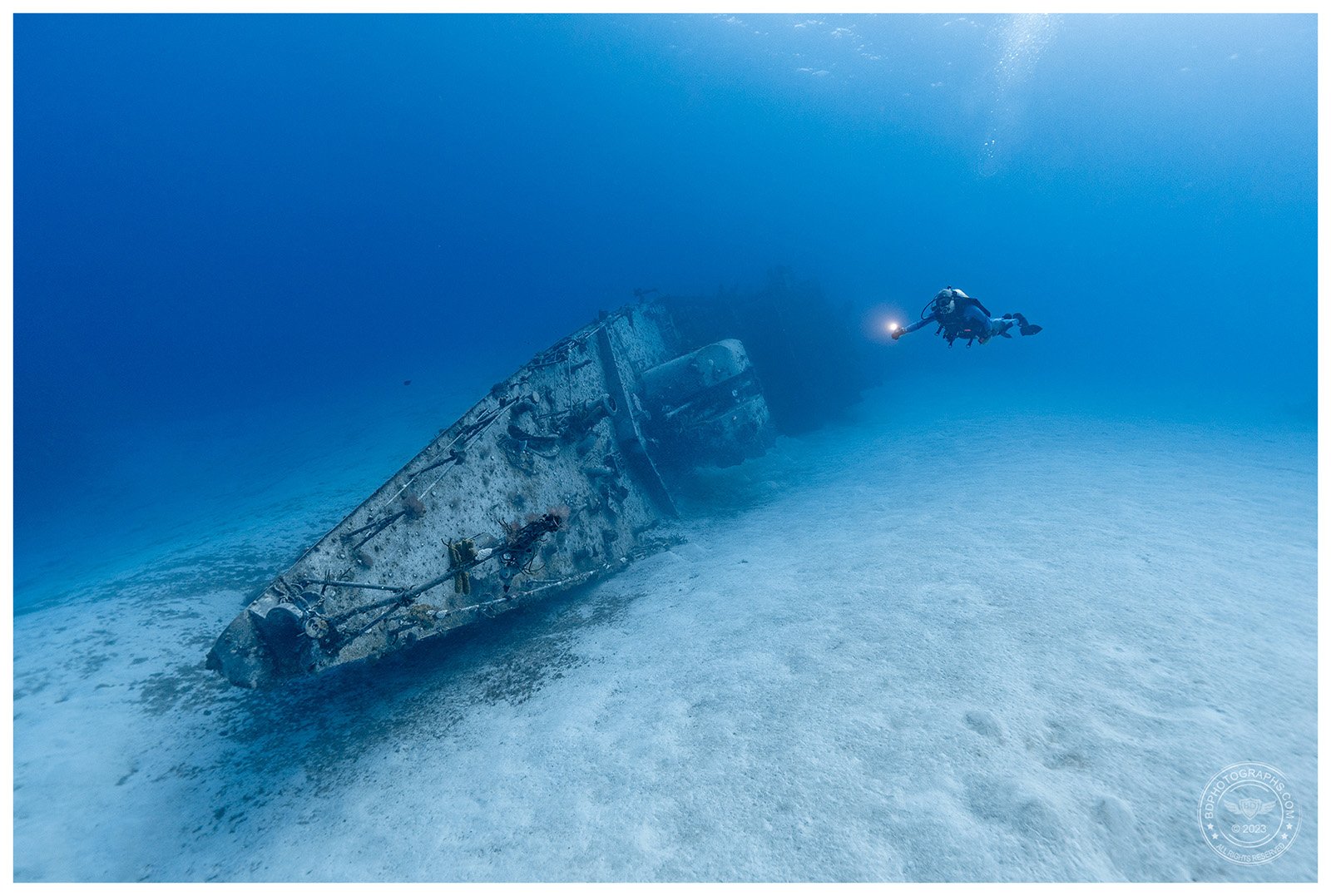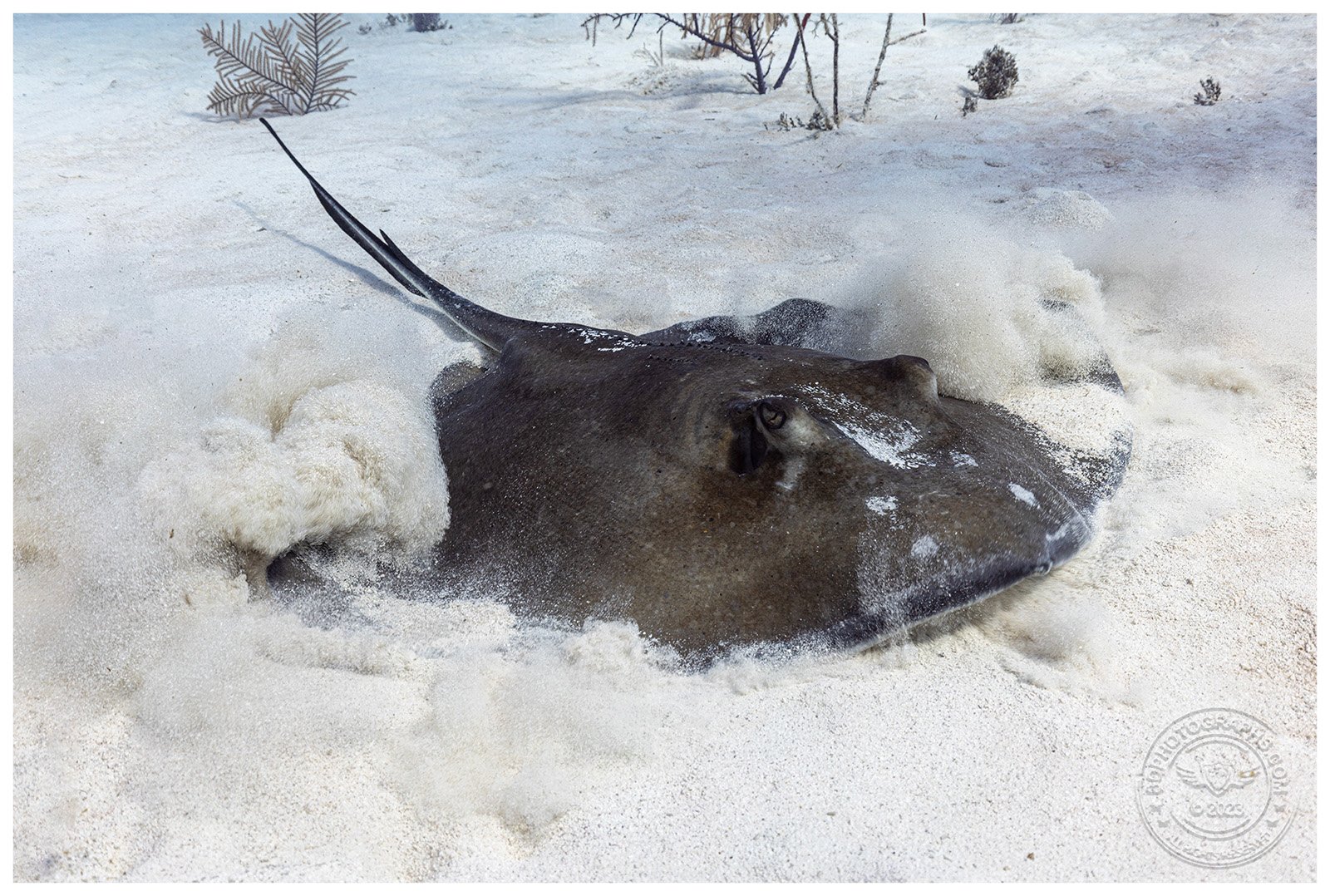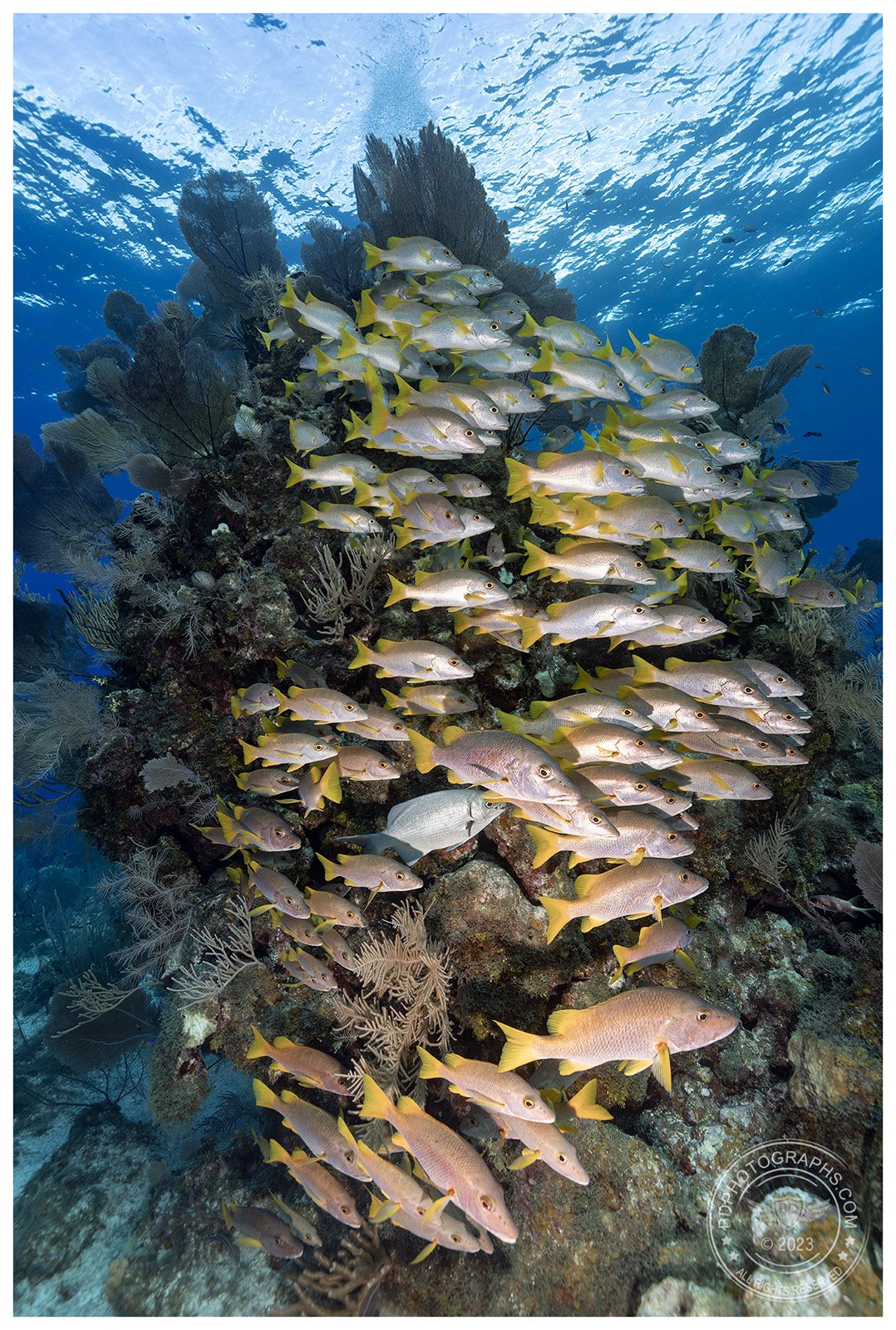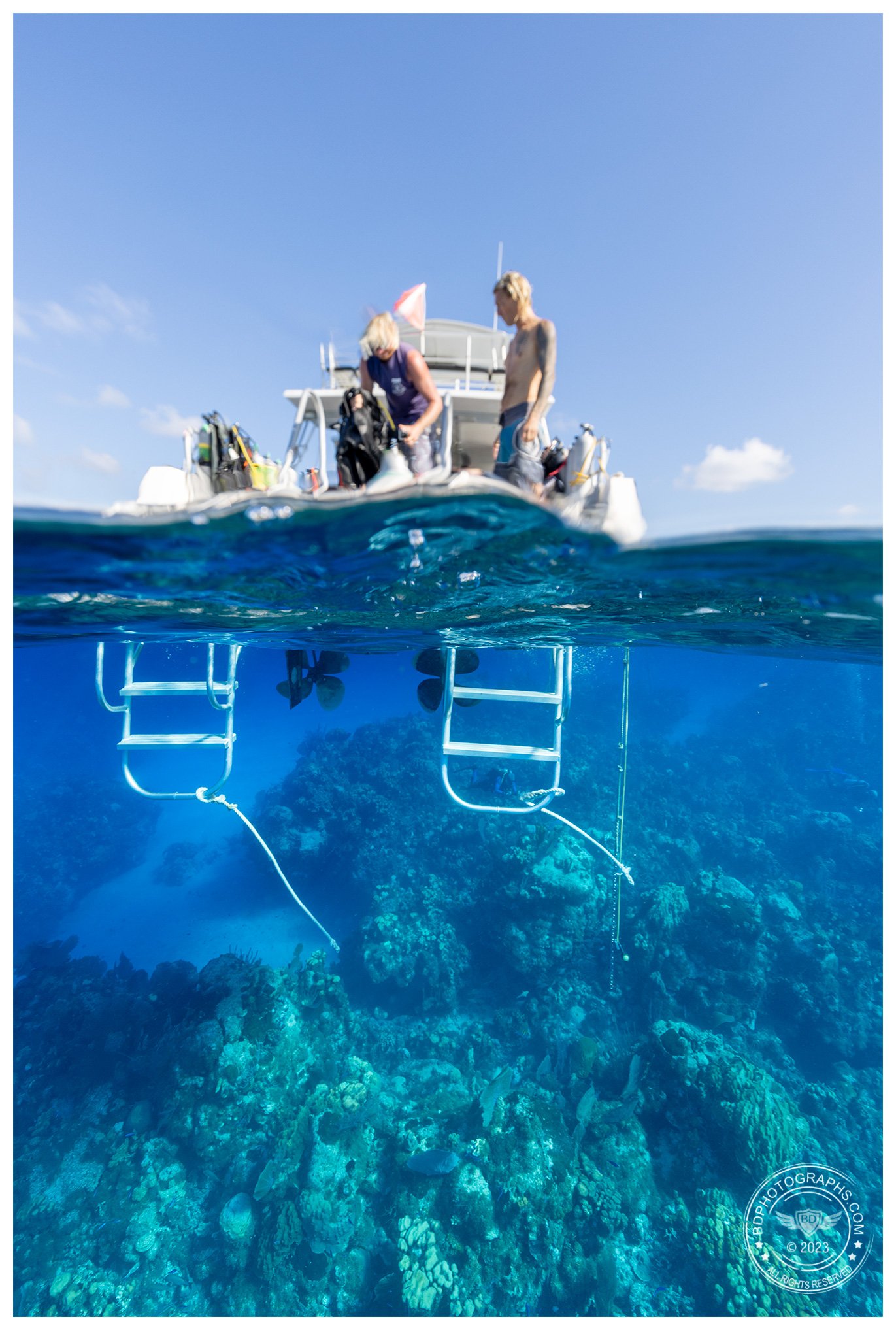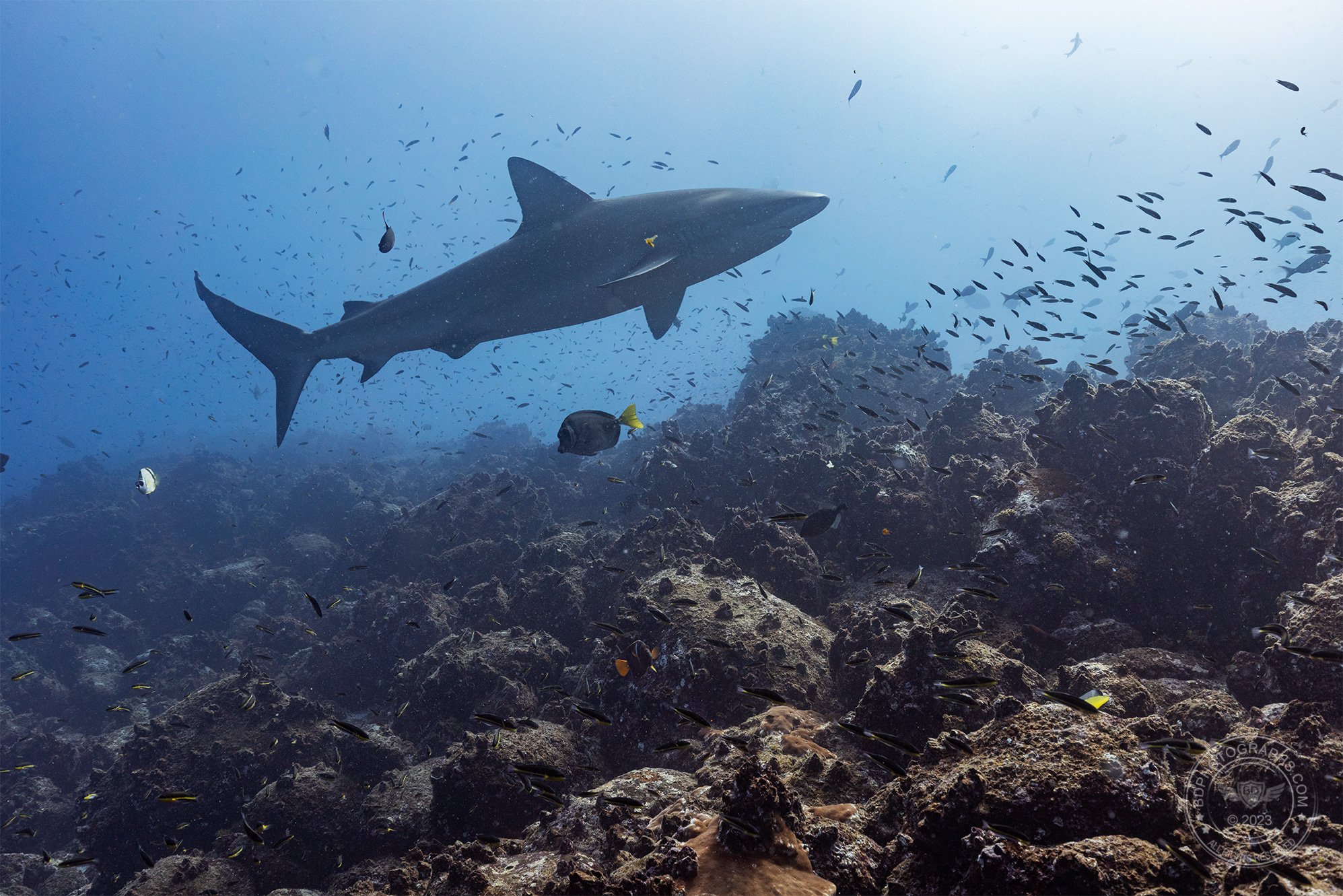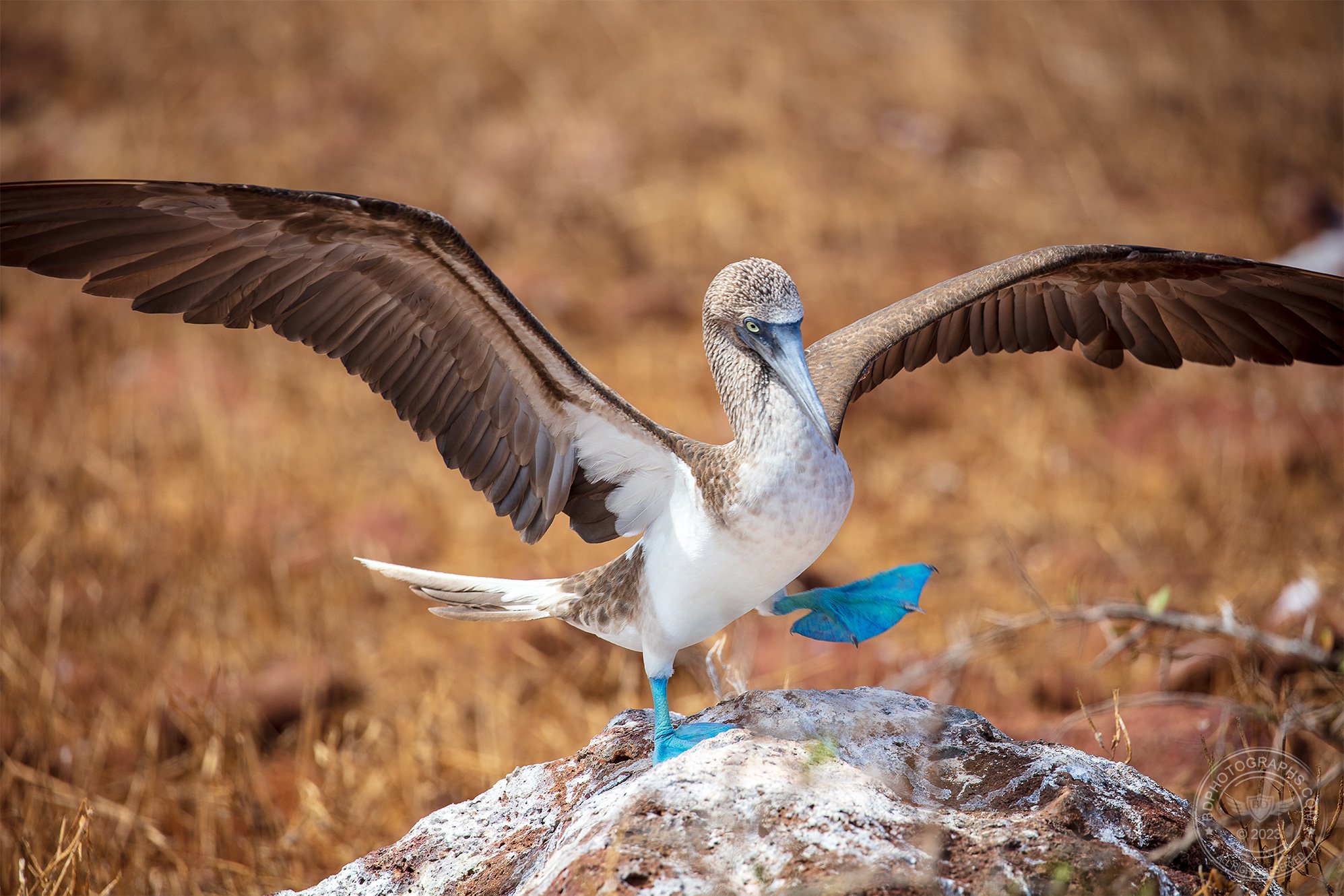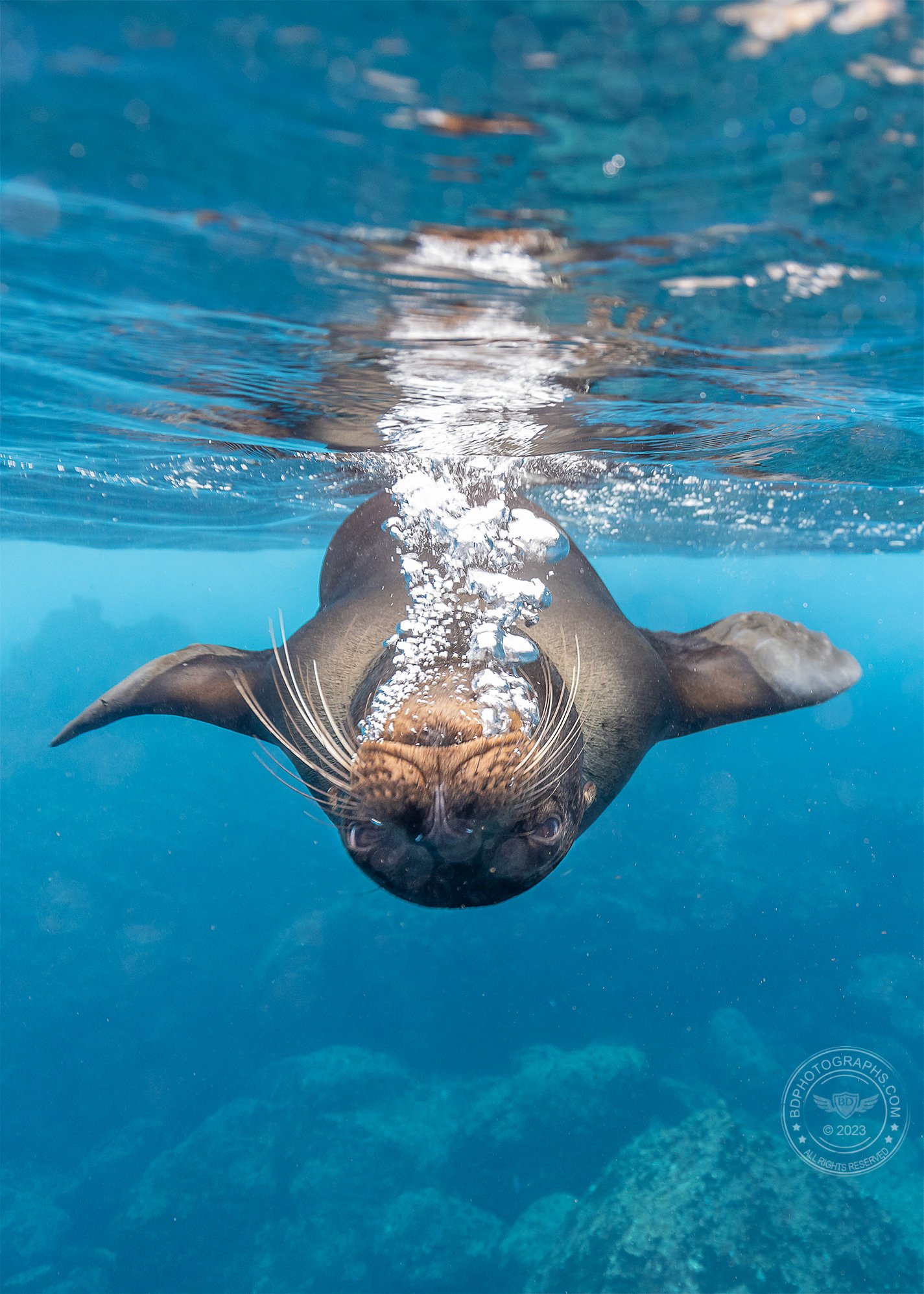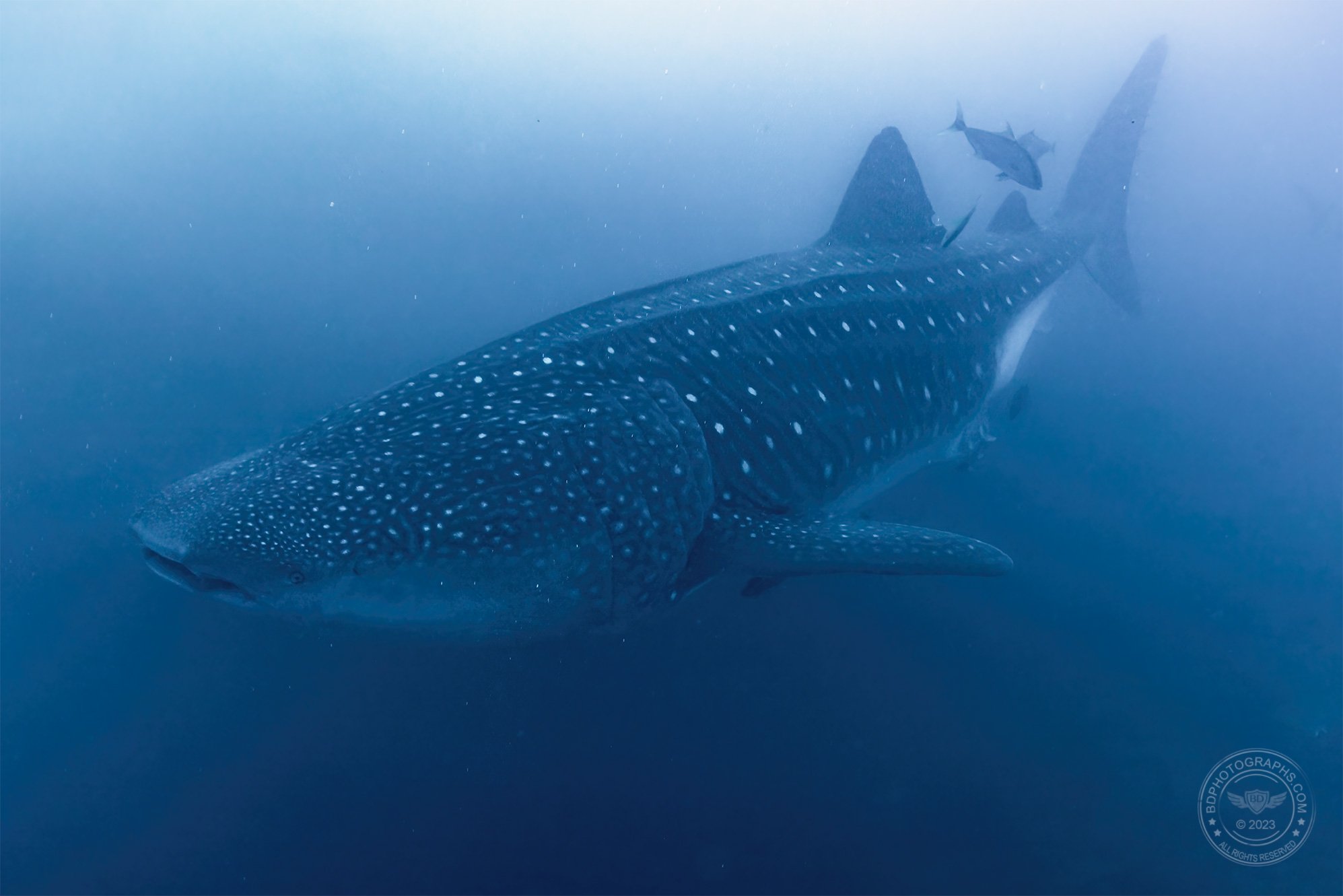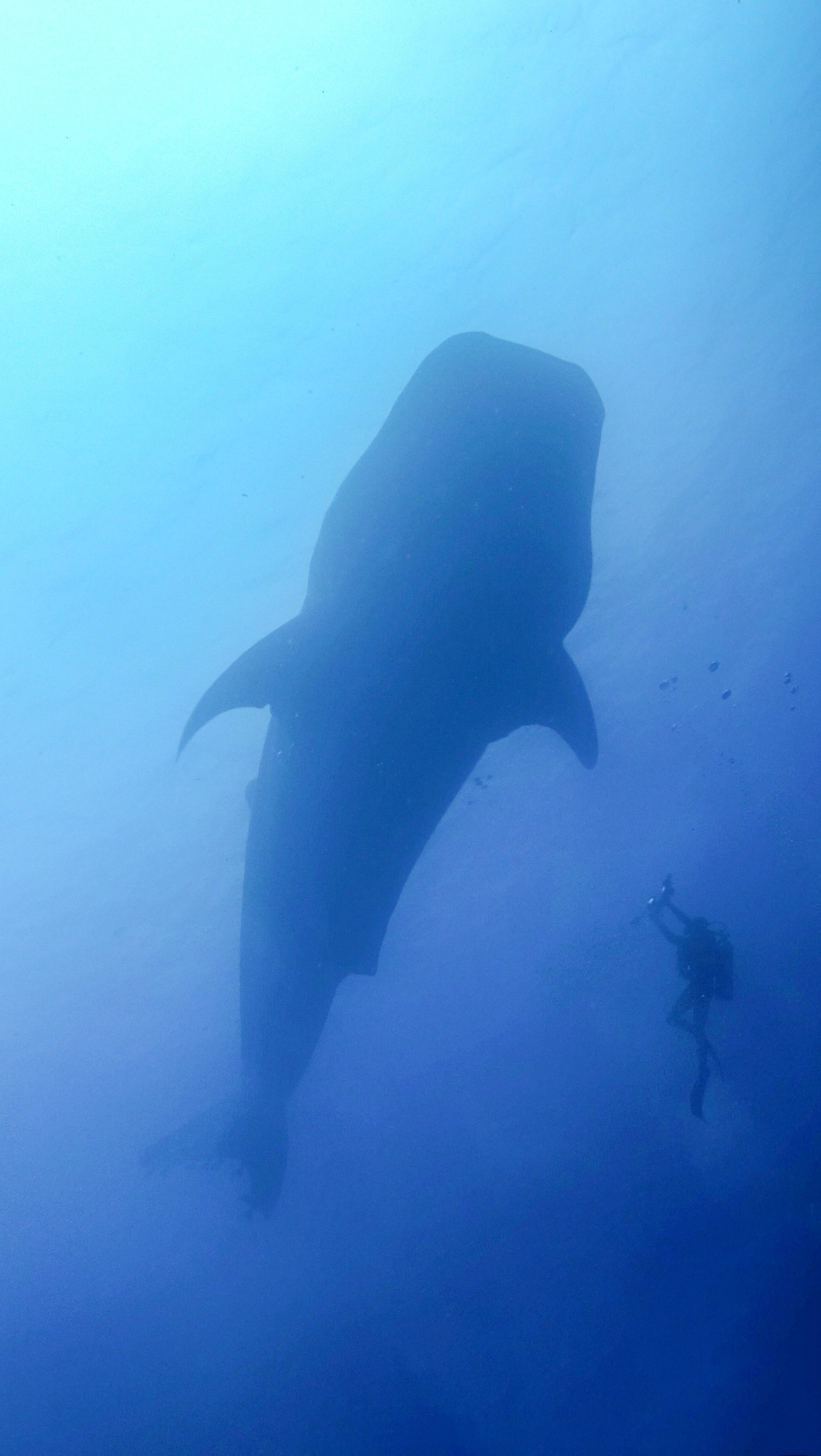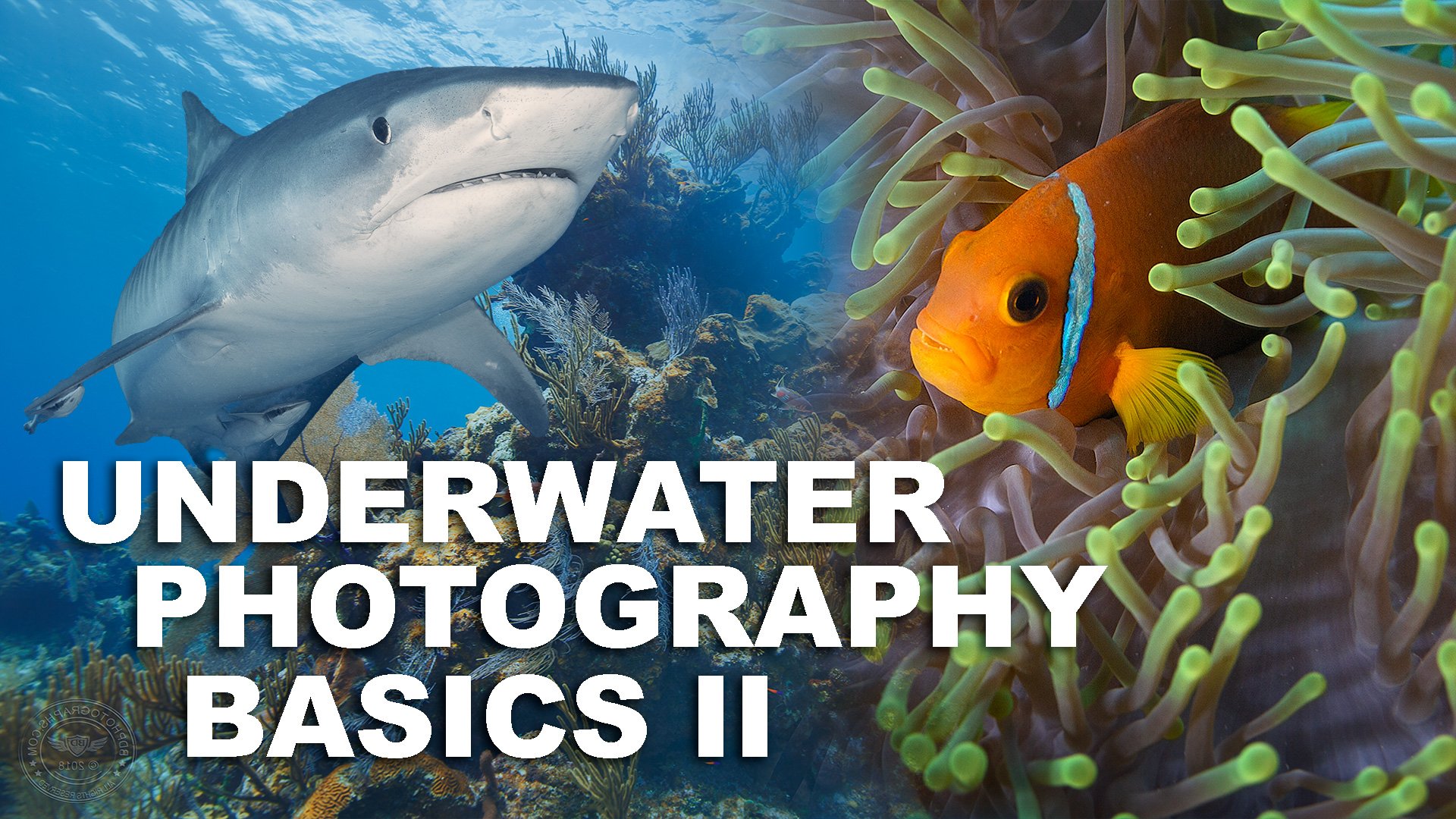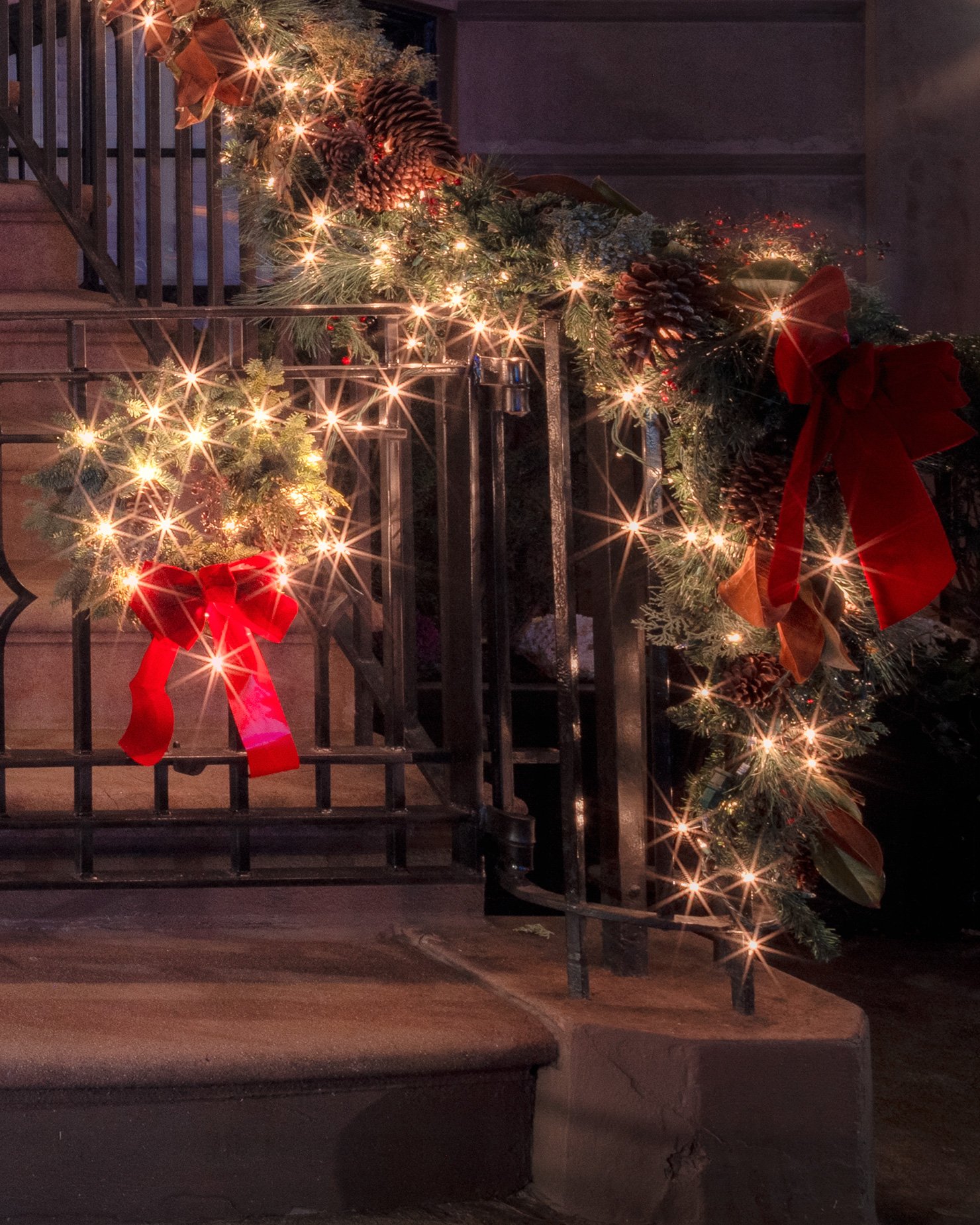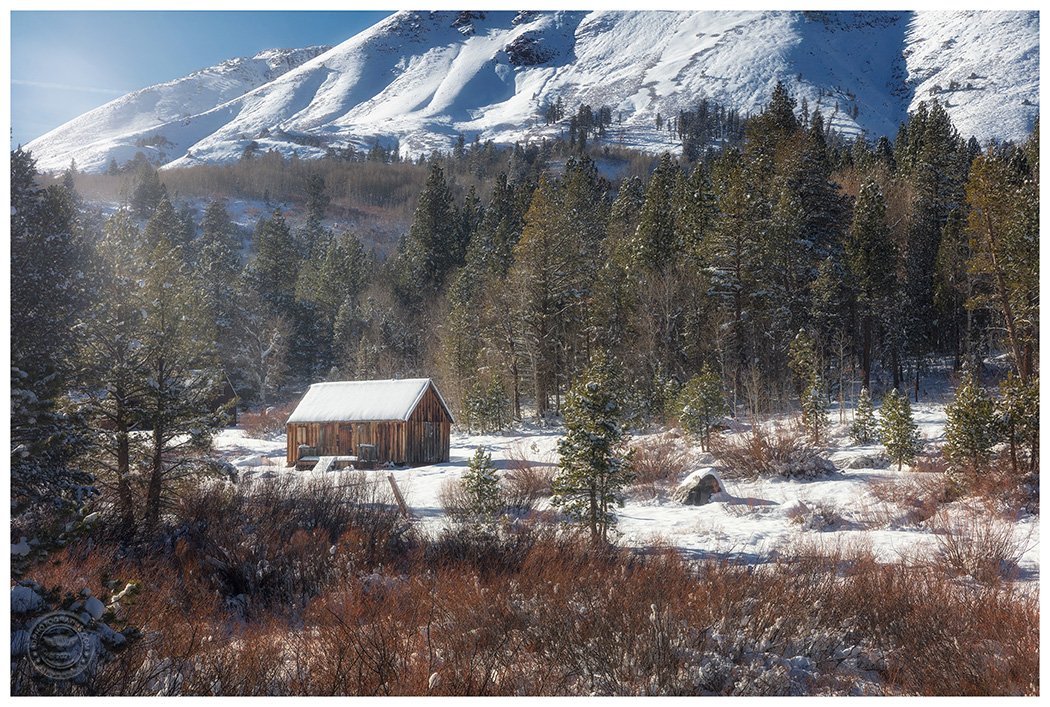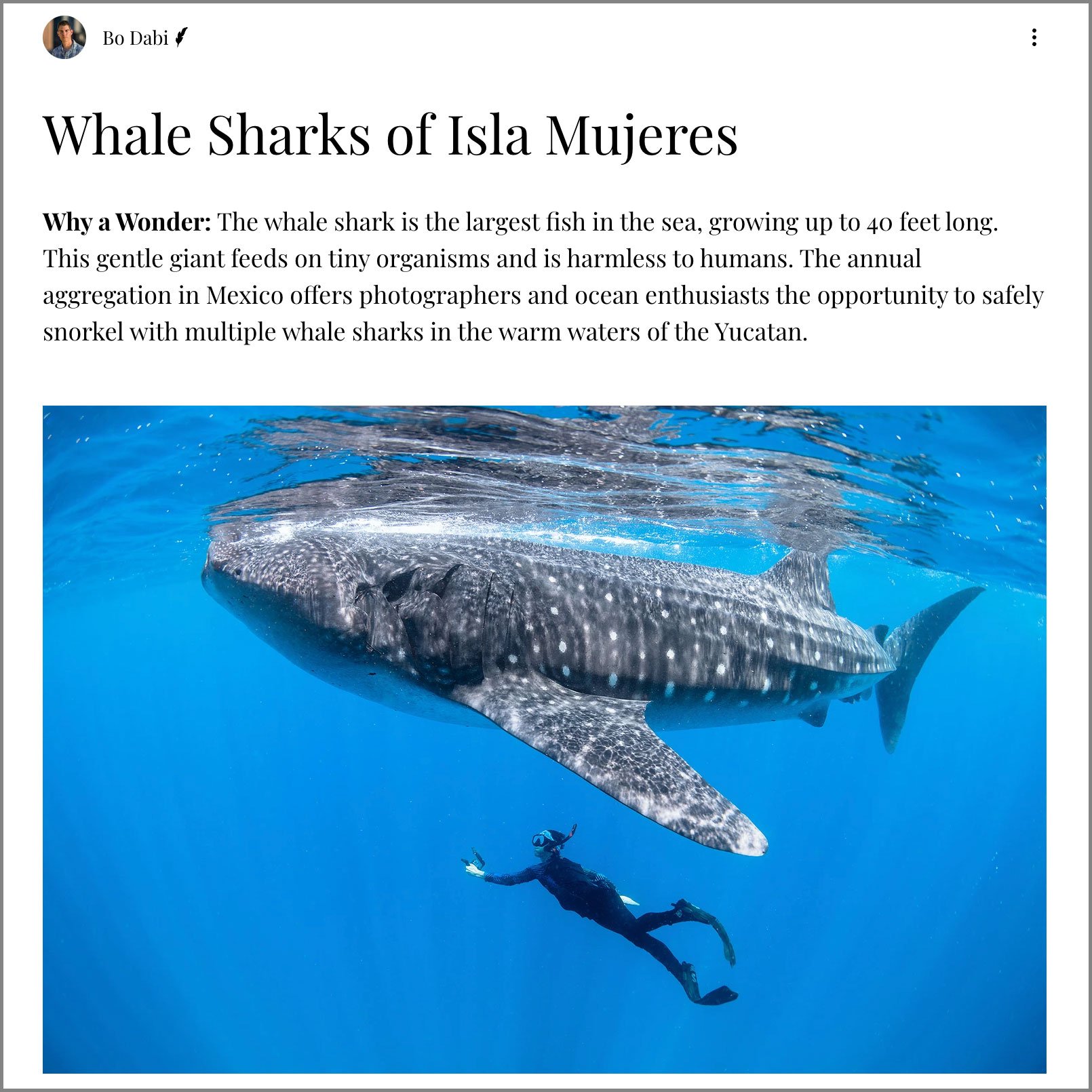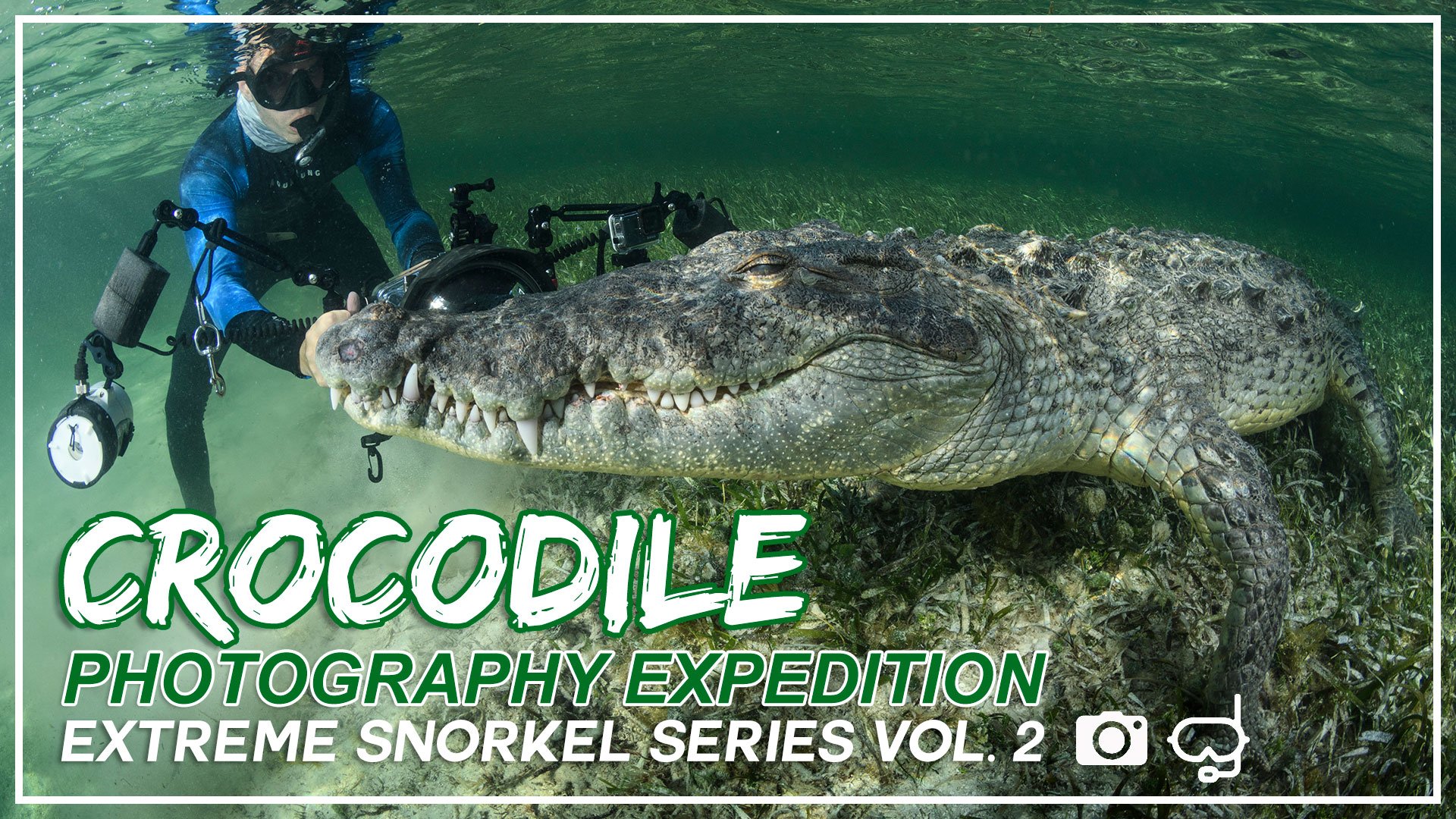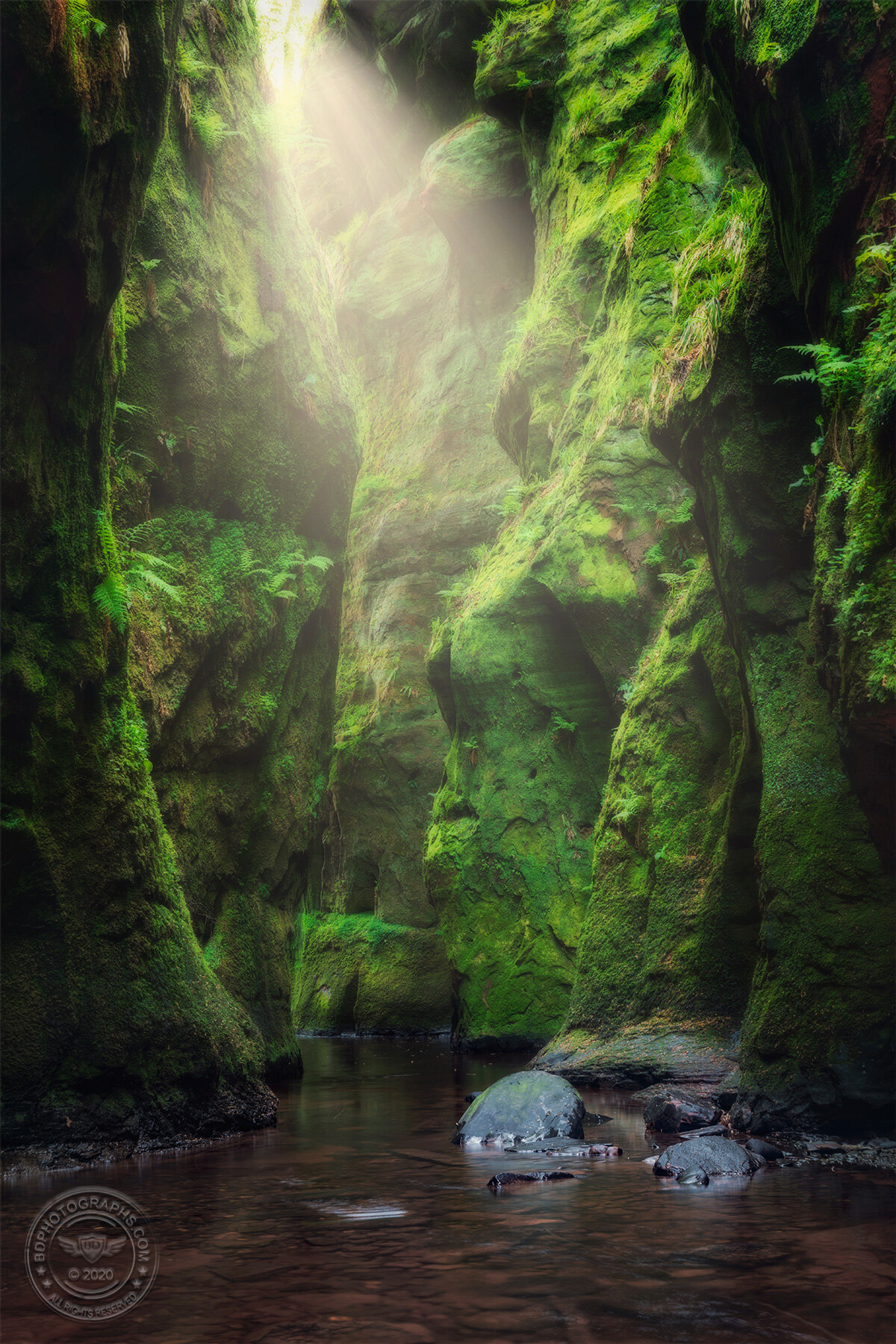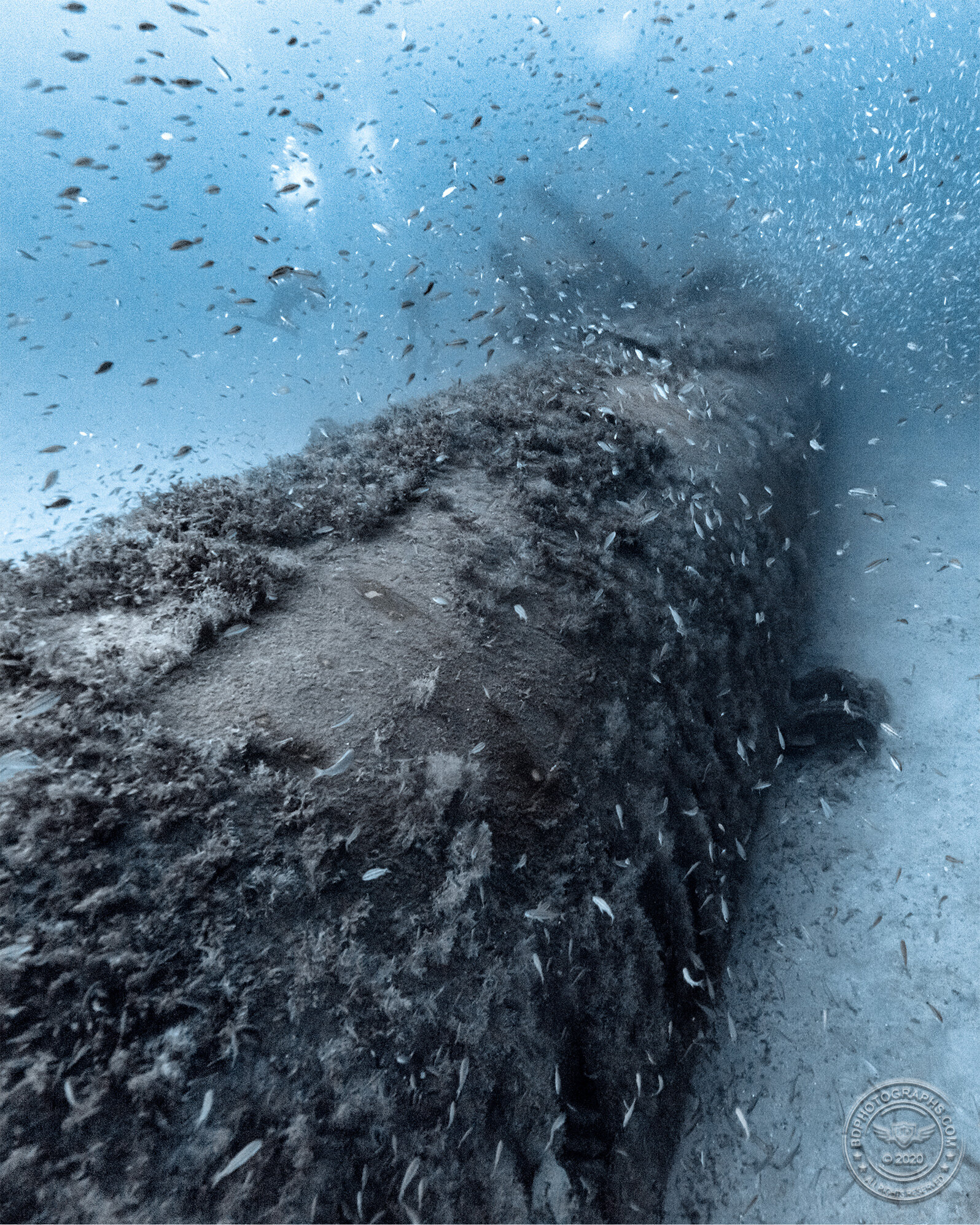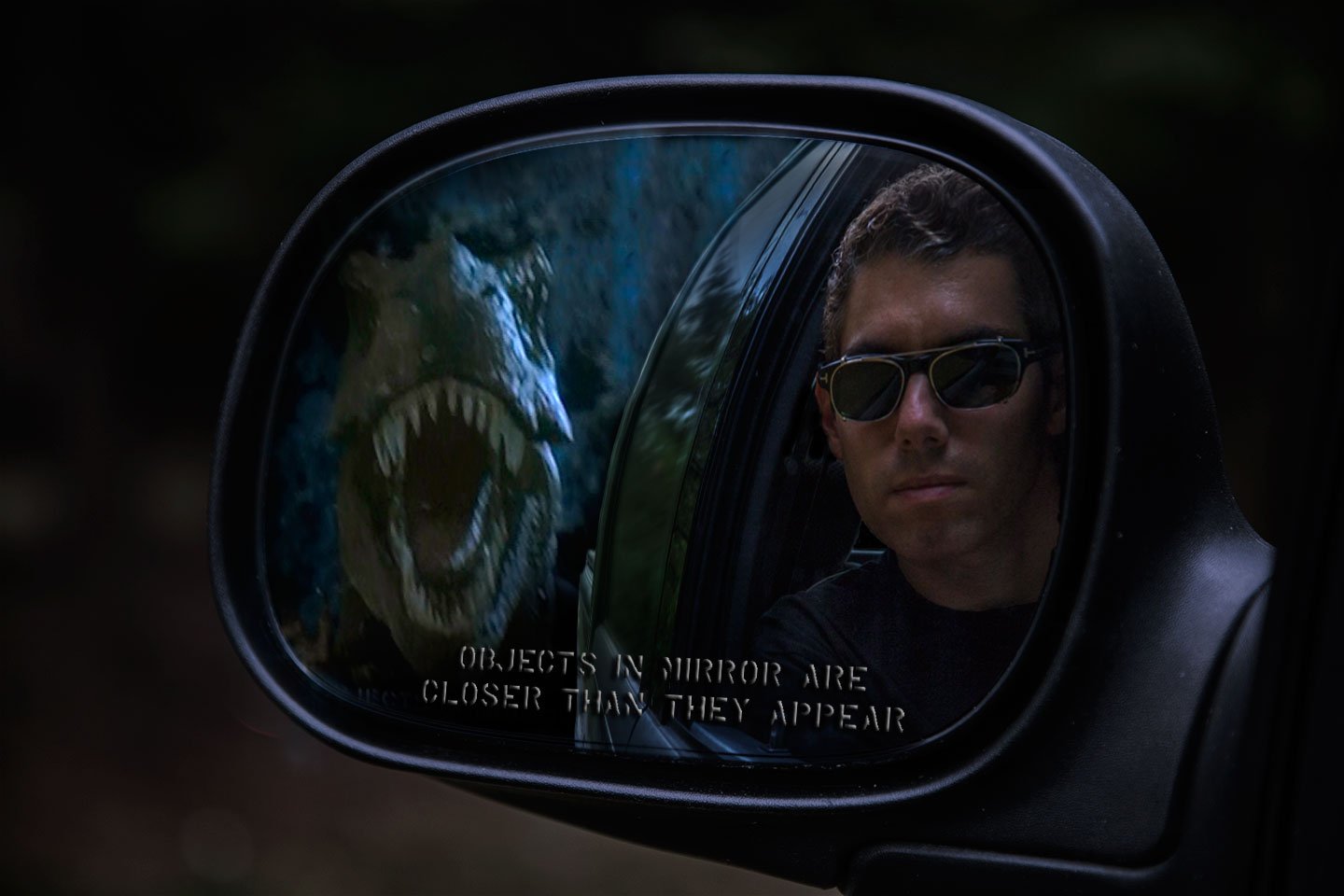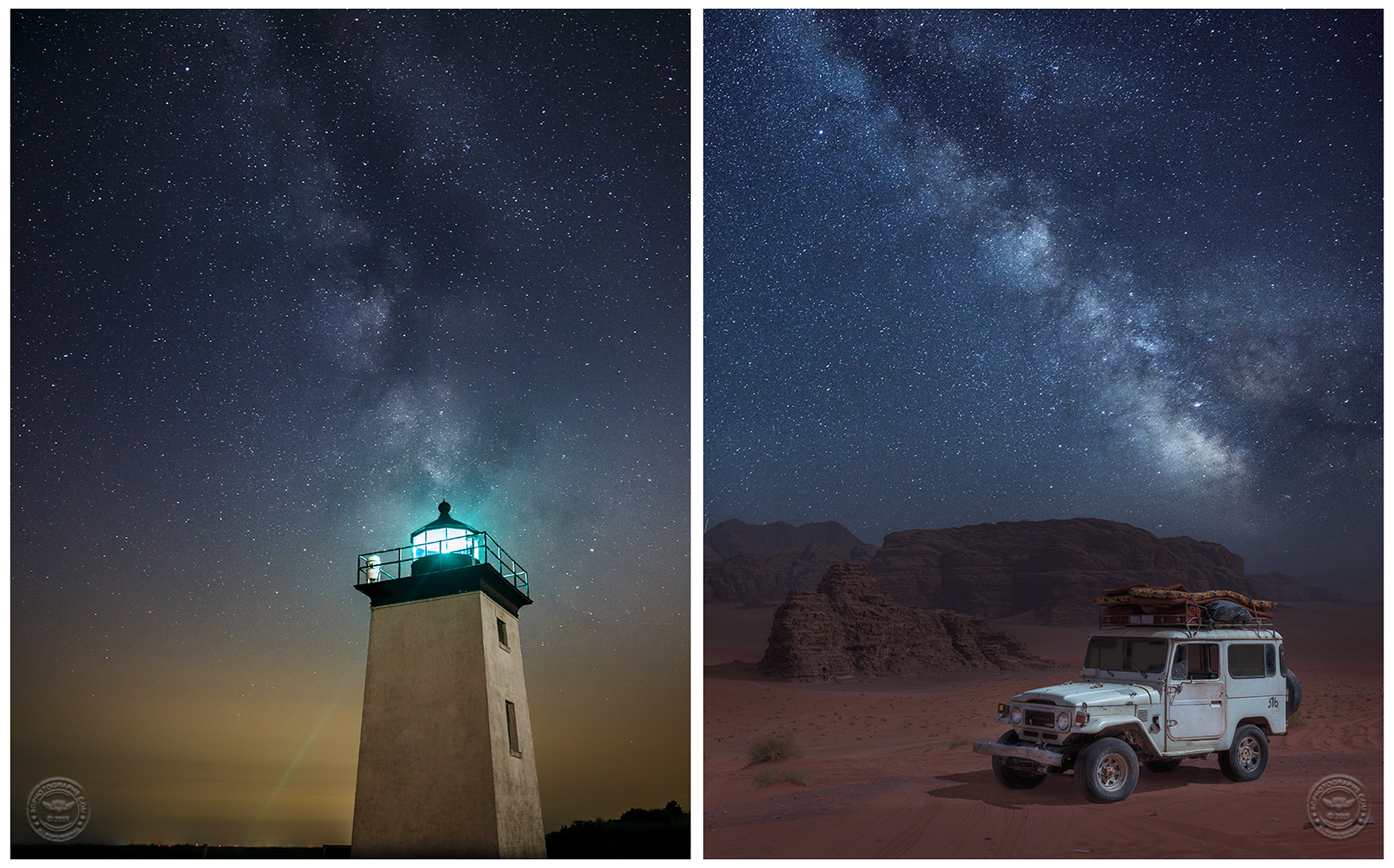Note: In this post I use the terms “aurora”, “aurora borealis”, “northern lights”, and “the lights” interchangeably.
The northern lights have been on my shortlist for years and this winter I finally visited the Arctic Circle to photograph them. It’s not for lack of trying: previous attempts in Alaska and Canada were uninspired at best due to low clouds and faint auroras — though in fairness both were outstanding wildlife trips where the northern lights were sought after as a bonus, so I can’t really complain too much.
Try again: less-than-amazing attempts to photograph the aurora on previous trips to Canada (L), and Alaska (R) where the faint glow above the horizon barely registers as a sighting!
The aurora borealis, also known as the northern lights, is a natural phenomenon that has captivated people for centuries. The lights occur when charged solar particles collide with the earth’s upper atmosphere. The North and South Poles act like magnets drawing the solar activity to far northern and southern latitudes (the southern lights are known as the aurora australis — more on the scientific explanations here.)
As I was researching locations to observe the northern lights, I weighed the tradeoffs - in particular for Fairbanks, Alaska; Iceland; Yellowknife, Canada; and Lofoten, Norway. (I expect at some point to visit all of them!)
Lofoten has so much natural beauty that it almost guarantees portfolio-level images. This image was captured flying a drone very close to the surface of the water.
Fairbanks has excellent aurora sightings but lacks many photogenic locations otherwise. Iceland, while incredibly scenic, is prone to slightly less favorable weather in winter. Yellowknife, like Fairbanks, is relatively featureless tundra and is arguably the coldest of all the locations. Lofoten is the only location of the lot that is firmly within the Arctic Circle and the micro climates there can lead to more viewing opportunities, though weather is nonetheless unpredictable and dynamic. And like Iceland, Lofoten is visually beautiful so in the event that I did not see the aurora, I would be virtually guaranteed to come home with some great winter landscape photos.
Some locations require visiting in more than one light condition. Above: a fishing village at sunrise and during evening blue hour.
I flew across the Atlantic on a three-flight hop up to Lofoten, descending through a snowstorm, and landing in a complete whiteout. I’ve seen my share of sketchy weather but I’m still not sure how those pilots made the runway. The next morning, recharged with a good night’s sleep and some hot tea, we began our tour of this Arctic wonderland.
Lofoten is an archipelago connected by land bridges in between small fishing villages. Towering fjords frame these tiny hamlets to the east and natural beaches to the west. Weather changes often and sporadically: one morning we left a sunny fishing town into a blizzard on the other side of the mountain. Of course, dynamic weather presents an opportunity in landscape photography and is without question preferred over blue skies.
Lofoten is an archipelago of towering fjords and picturesque seaside fishing villages. Photographic opportunities are everywhere.
Most of the winter imagery that I capture at home is of quaint New England vignettes: a covered bridge, a small church, a waterfall in the snowy forest, etc. One of my goals on this trip was to bring home images of snow-covered landscapes that were quite different from what I photograph at home: icy ocean scenes, Arctic fishing villages, snow-covered fjords, and, of course, the northern lights.
The “Dragon’s Eye”: a colorful tidal pool within a rock basin along an Arctic beach
Foreground elements need not be complicated: A snow-covered bridge creates leading lines toward the subject.
Each day I went out for sunrise and sunset, at times returning to the same locations to capture the same scene in different light conditions. After dinner, I monitored the aurora forecasts and waited for my guide to confirm shooting time if we were to get lucky with a light show. Aurora chasers know that clouds are the enemy, but even on clear nights, we still need good solar activity to see the northern lights.
This makes it very different from Milky Way photography: in the right time of year, all you need is a dark sky location, clear weather, and you are guaranteed to see the Milky Way. (Ok, it’s a bit more nuanced than that: certain latitudes won’t see it, and you need to know what time of night to be out, but for the most part the Milky Way is a slam dunk as long as the weather cooperates. The aurora is much more elusive.)
The afternoon weather was clear and expected to hold overnight. Solar activity forecasts changed suddenly from a KP 2 to a KP 5 (a higher KP indicates a greater probability of seeing the aurora). My aurora forecast app displayed live webcams picking up sightings in Finland and Sweden — things were looking promising. And then, at about 10:30 p.m., the northern lights arrived right where I was waiting for them. I worked with a few different compositions and took time to experiment photographing with my iPhone in addition to my primary camera.
This shot required two exposures: one for the northern lights and a second to mute the harsh streetlights in the fishing village
Like other night sky images, the northern lights require a long exposure but there is a point of diminishing returns if the shutter speed is too long. Because the lights are a moving phenomenon, too long of an exposure will result in a cloudy green sky and potentially over-exposed image. I found that the sweet spot was between 6 and 13 seconds depending on what the lights were doing. Aperture generally was left wide open on my Canon EF 16-35 F/2.8L III lens. Of course night sky photography and long exposures require a sturdy tripod and I was quite pleased that even in strong winds my Gitzo carbon fiber tripod provided a stable platform.
In astrophotography, artificial light can become blown out even if the sky is correctly exposed and this was absolutely the case as I photographed the aurora over a fishing village. The trick here is to take at least two exposures: one for the sky and at least one for the village houses in order to mute the strong effect of the streetlights. The raw images are combined in post-processing to create a single image. This is a common technique in landscape photography when there is a high dynamic range of light.
Above: iPhone photo of the arriving aurora. Phone cameras have come a long way!
The portfolio shot: aurora borealis over Norwegian fjords
Aerial shot using a drone. Most drone enthusiasts go for shots from this perspective, but the drone can offer incredible opportunities to shoot anywhere you can’t plant your feet.
Prior to my trip I applied for a European drone license and passed the course to fly legally in most European countries. When the winds were calm, I sent up the drone for some aerial images and footage. One of my favorite photos was achieved flying quite low — just a few feet above the water. Many drone enthusiasts use it too narrowly as a device only for aerial perspectives, but I see it as a tool to take photos anywhere I can’t plant my feet. Today’s drones fold up and fit comfortably in a backpack and some of them like my DJI Mavic 3 are equipped with excellent cameras!
Ice shards and snow melt make compelling foreground subjects. Leading lines and geometric shapes are constantly changing as fresh storms freeze and thaw the shoreline.
In the daylight hours I sought interesting compositions to showcase the Arctic landscape. The snow-draped fjords are stunning by themselves, but adding a good foreground element can take a photo from pleasing to spectacular. It’s easy to overthink the foreground, but a basic subject is all that is needed. Along the beaches I searched for ice shards and geometric shapes. Other times a simple fisherman’s cabin provided a humble contrast to the powerful and majestic mountains.
As the week developed, the weather grew progressively worse and I realized how lucky I was to see the aurora. And in the weeks after my visit, aurora sightings were scarce and much of the snow gave way to rain, washing away the magical winter essence. Outdoor photography is almost exclusively the domain of natural light and this means surrendering to whatever nature provides on a given day. Though my previous visits to northern latitudes did not yield successful aurora images, persistence and patience paid off: this trip was one for the books.
Tropical oasis? The water color on sunny days resembled the Caribbean.




